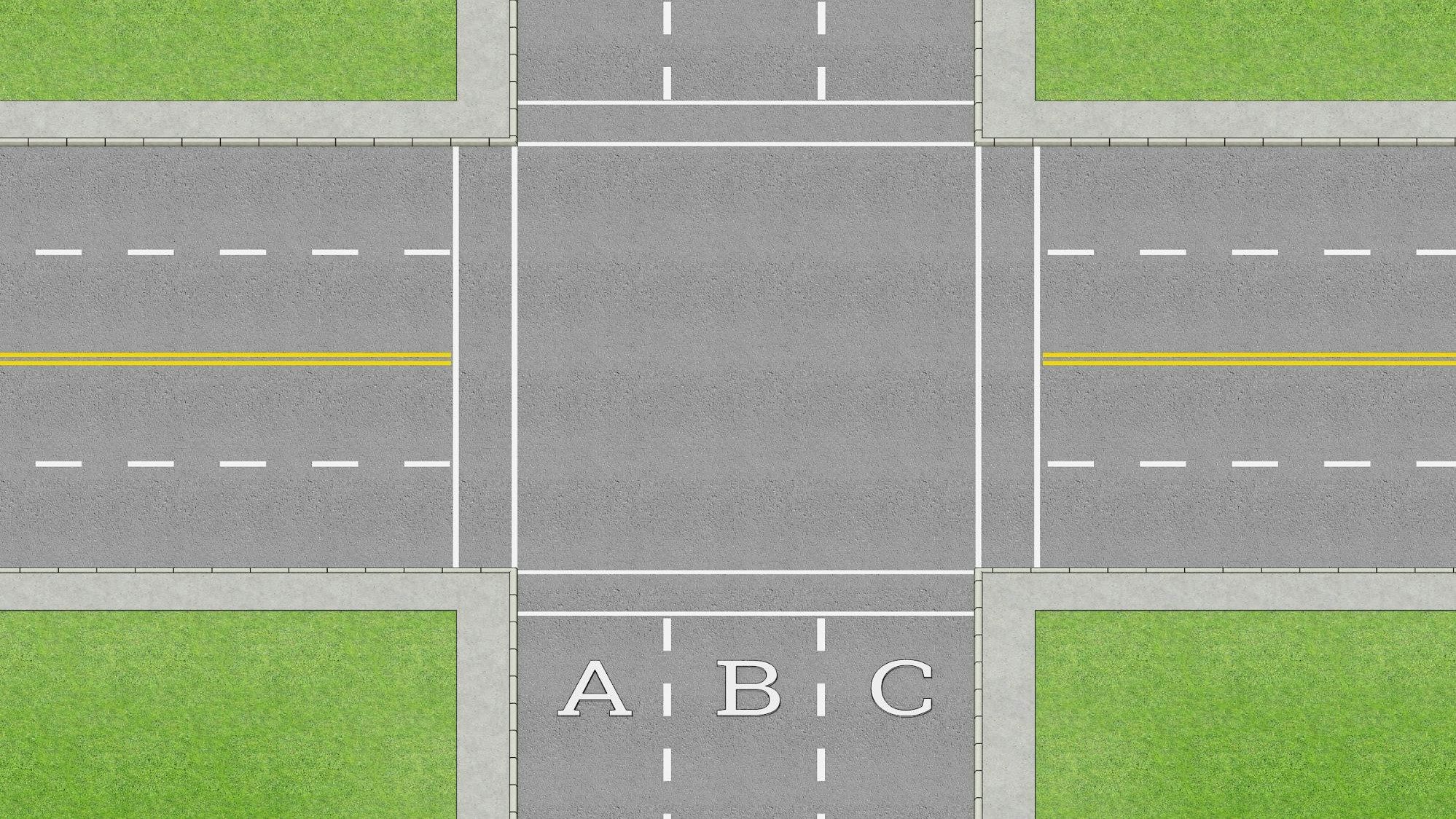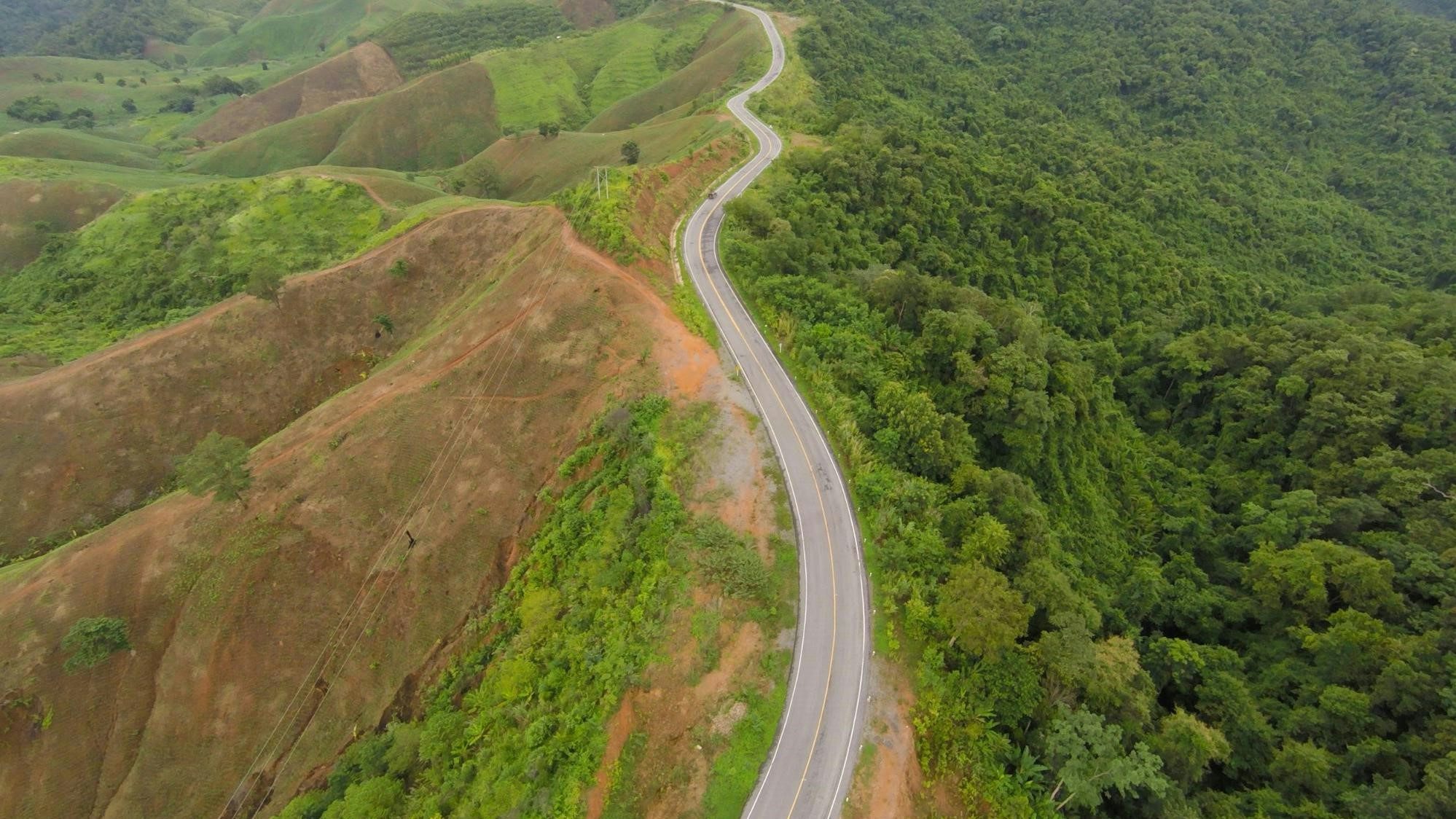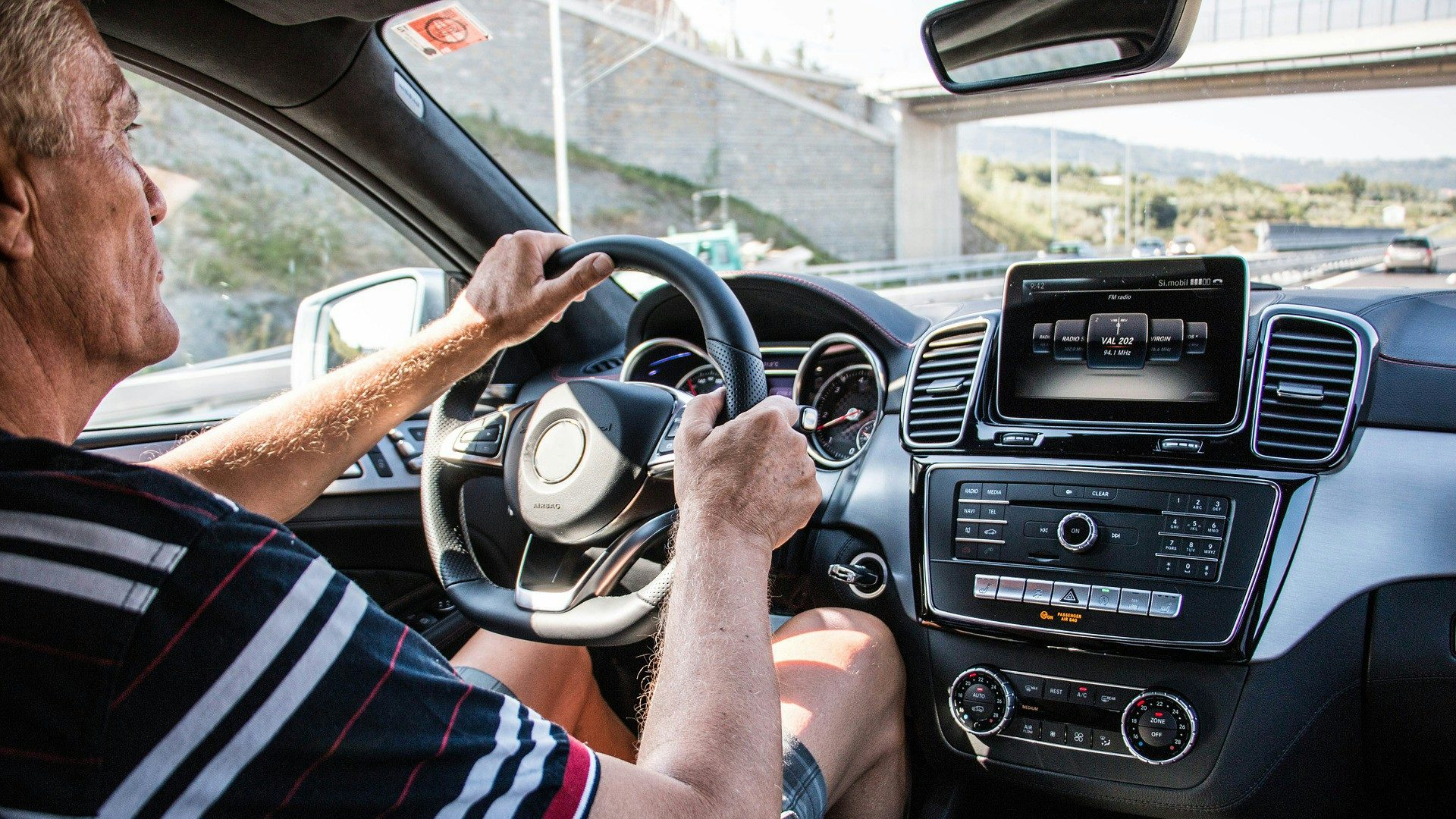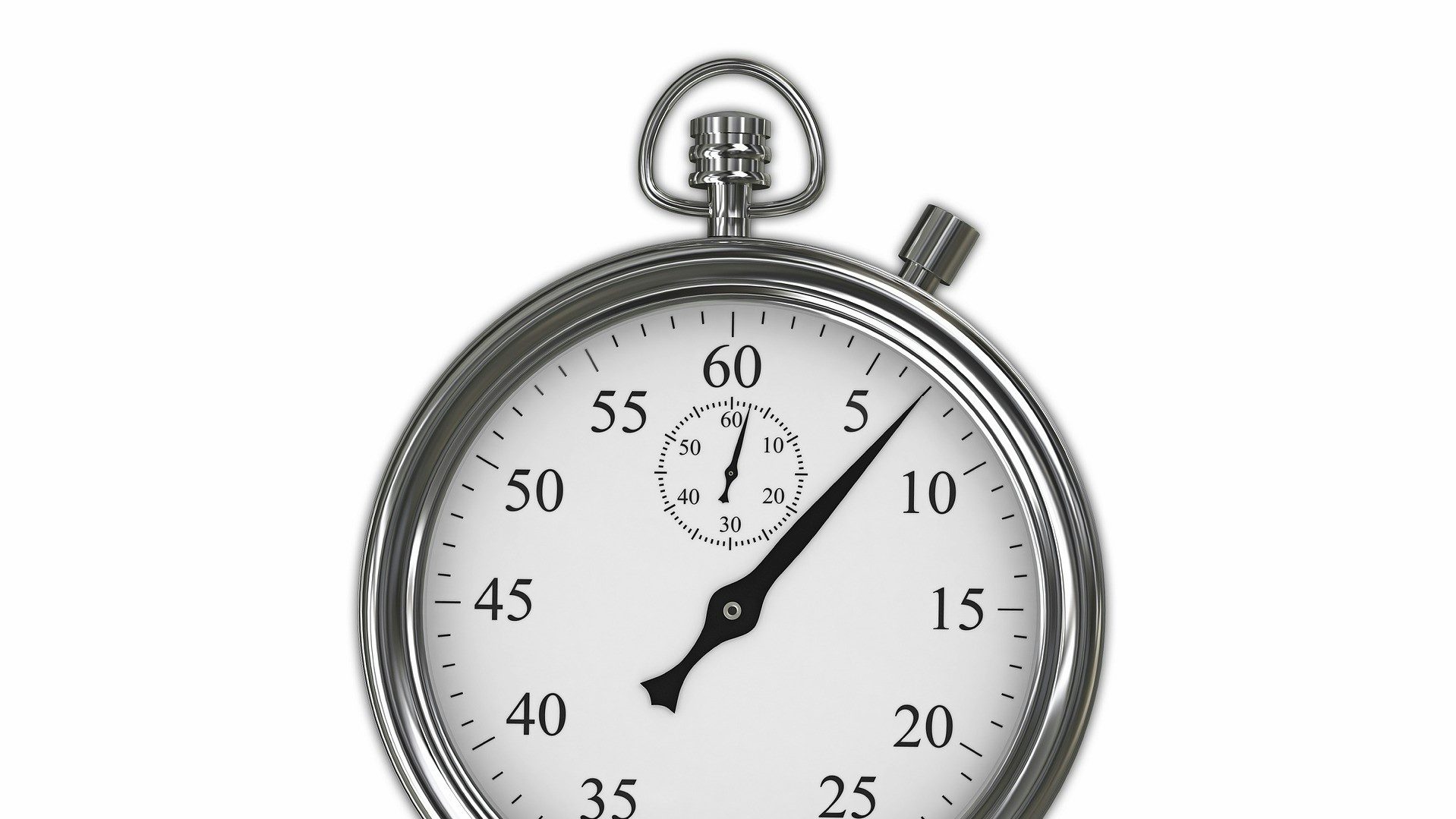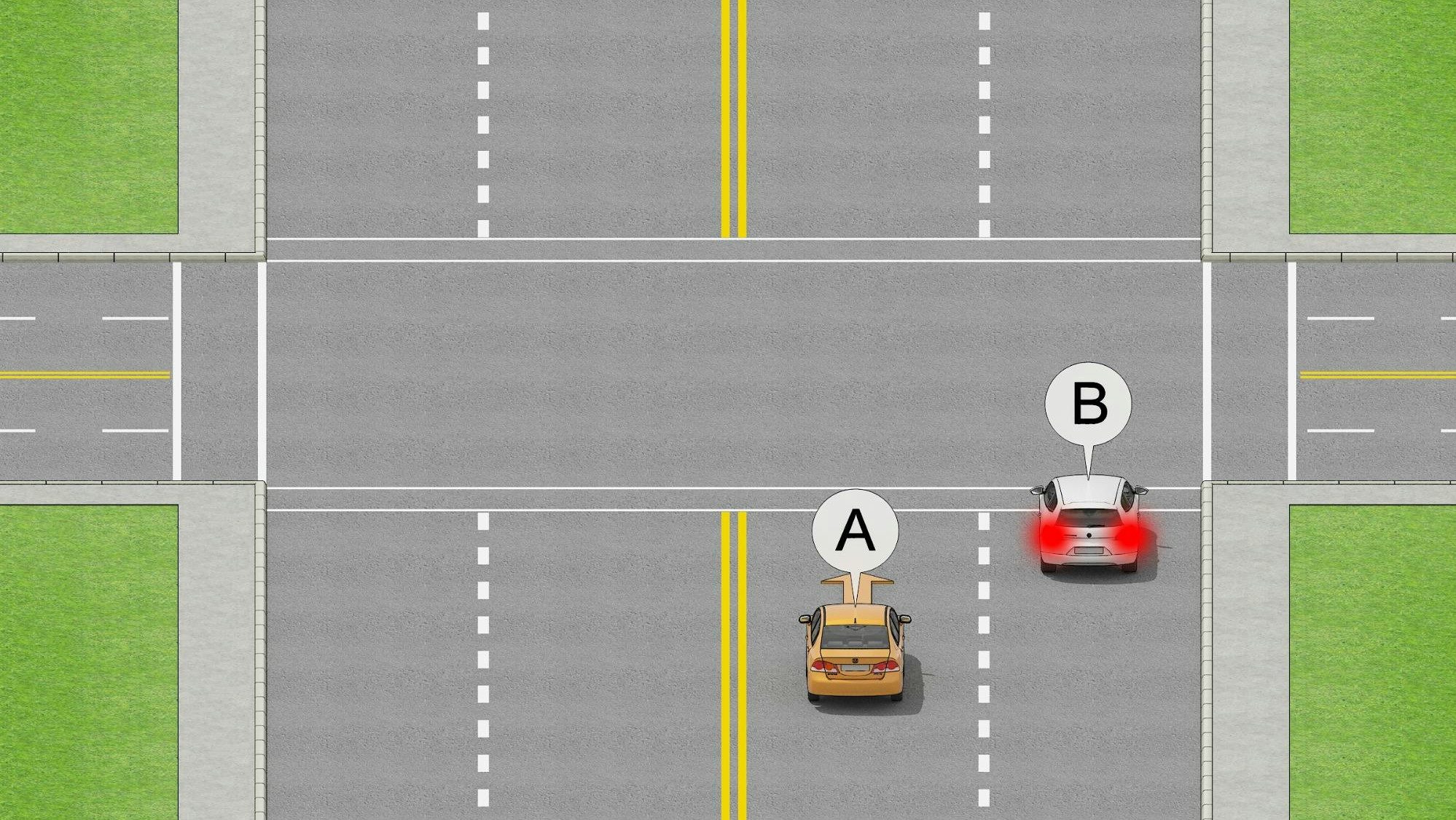Texas DDS Permit Test Simulator 2025
Preparing for your Texas permit test can be stress-free with our Texas DPS test simulator. It is designed to replicate the actual permit test, helping you get comfortable with the format and types of questions you’ll encounter.
To pass, you’ll need to correctly answer at least 21 out of 30 questions, which matches the requirement of the actual TX permit test. At the end, you'll receive a detailed explanation for each question for deeper understanding. By taking this simulator multiple times, you’ll familiarize yourself with the kinds of questions that appear on the real test and build your confidence. You may be tested on a variety of topics, ranging from Texas-specific traffic laws to safe driving practices.
Many students make the mistake of relying solely on practice tests, thinking that repeated attempts will be enough to pass the permit test. Others overlook important details in the driver’s manual or cram all their studying into one session, leading to poor retention. Some students also fail to focus on weaker areas, leading to unnecessary point deductions on the test. These mistakes can leave you unprepared for both the test and real-world driving. Zutobi helps with all of this by providing an essential study tool for learner drivers - we offer a summarized version of the Texas Driver's Manual, real-life driving videos, video theory lessons, and more. We also help you track your progress, identify weak areas, and tailor your learning to meet your specific needs to ensure you're fully prepared. Try our free Texas permit test simulator today and see if you're ready for the real test!
More resources
Country


